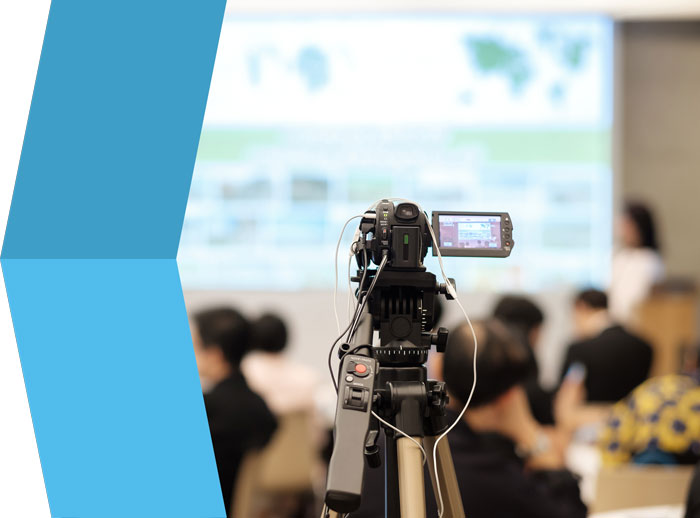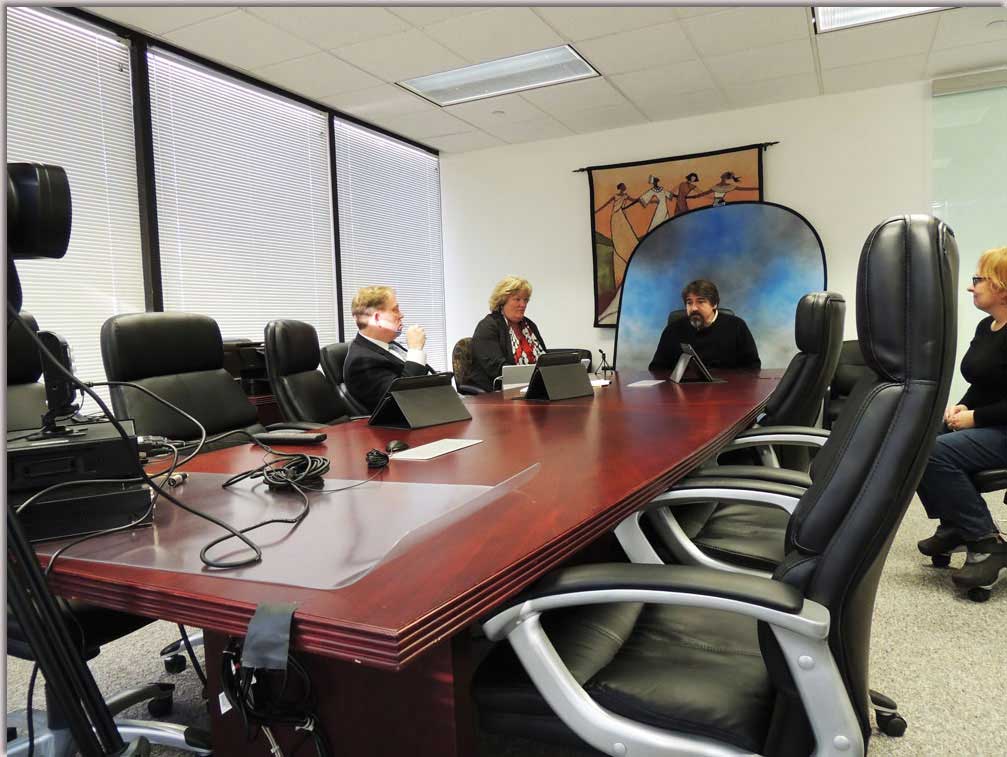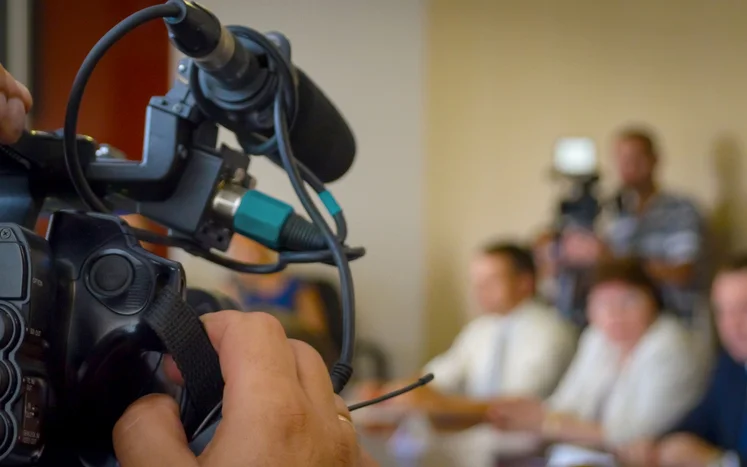How Legal Videography Can Make or Break Your Legal Technique
How Legal Videography Can Make or Break Your Legal Technique
Blog Article
Exploring the Devices of Lawful Videography: Introduction Its Procedure in Shielding Genuine Aesthetic Testimony for Judicial Procedures
In the world of judicial procedures, the role of lawful videography stands as a foundation in preserving and presenting aesthetic proof. As technology proceeds to advance, the mechanisms behind legal videography have come to be progressively complex, using a critical layer of credibility to testimonies caught on video clip.
Historical Evolution of Legal Videography
Taking a look at the historical development of lawful videography exposes a substantial change in the recording and presentation of visual proof within the lawful landscape. In the past, lawful proceedings heavily counted on created transcripts and photos to document events and offer proof. With the arrival of video clip technology, the legal industry saw a paradigm change in exactly how aesthetic statement was caught and offered.
The advancement of lawful videography can be mapped back to the late 20th century when advancements in video recording equipment made it much more available for use in courts. This technological improvement not only improved the accuracy and reliability of visual evidence yet additionally changed the means instances were offered to courts and courts (Legal Videography). Attorneys began to identify the influential power of video clip recordings in communicating emotions, nuances, and non-verbal signs that created photographs or transcripts alone can not record successfully

Innovation Improvements in Video Documentation
What crucial technological developments have changed video clip documents in the legal area? The lawful field has seen substantial developments in video clip documents technology that have actually improved the credibility and integrity of visual proof in judicial procedures. Among the crucial innovations is high-definition (HD) video clip recording capacities, which give crystal-clear photos and sharp information that are vital for properly recording testaments, facial expressions, and other visual cues. Additionally, the assimilation of timestamping and metadata functions in video paperwork tools has made it possible for accurate documents of when and where the video was recorded, making certain the honesty of the proof provided in court.
Moreover, innovations in video clip file encryption and watermarking technologies have actually reinforced the safety and tamper-proof nature of video proof, securing it versus unauthorized modifications or meddling. Moreover, the arrival of cloud storage space solutions and remote gain access to capabilities has streamlined the storage, access, and sharing of video evidence, promoting smooth cooperation among lawyers and making certain effective accessibility to essential visual testimonies when required. These technological developments in video documents have actually most certainly revolutionized the legal area, improving the precision, credibility, and admissibility of visual evidence in judicial proceedings.
Role of Legal Videographers in Court Room Setups
The advancement of video documents technology in the lawful field has demanded an important role for legal videographers in courtroom setups, making sure the integrity and dependability of visual statements offered during judicial proceedings. Lawful videographers play a basic function in catching and maintaining accurate aesthetic proof that can be pivotal in litigation. Their obligation reaches establishing up devices, videotaping proceedings, and generating high-grade video clips that precisely reflect the events in the courtroom.
In addition, lawful videographers often work closely with lawful teams to make certain that the video proof straightens with the instance's demands and can be properly provided in court to sustain the legal disagreements being made. In general, view it now the function of legal videographers in court setups is essential in supporting the principles of justice and making certain the transparency of lawful process. Legal Videography.

Ensuring Admissibility and Integrity of Video Clip Evidence
To keep the trustworthiness of visual proof offered in lawful proceedings, making certain the admissibility and integrity of video clip evidence is a crucial duty for legal videographers. Admissibility describes the acceptance of evidence by the court, and for video clip proof to be permissible, it has to fulfill certain criteria. Legal videographers play a critical duty see in making certain that the video clips they record adhere to the regulations of evidence, such as reliability, authenticity, and importance.
Honesty of video evidence includes keeping the creativity and precision of the footage from the moment it is videotaped until it exists in court. This consists of securely saving the video files, documenting the chain of guardianship, and stopping any type of tampering or changes. Legal videographers should follow rigorous protocols to ensure the integrity of the video evidence and stop any kind of difficulties to its authenticity.
Future Trends in Legal Videography
Provided the increasing dependence on modern technology in legal procedures, legal videographers are positioned to accept ingenious developments shaping the future of visual testimony capture and discussion. One of the famous fads on the perspective is the integration of digital truth (VIRTUAL REALITY) and boosted fact (AR) innovations right into lawful videography. These technologies have the prospective to change how aesthetic evidence exists in courtrooms, permitting judges and juries to submerse themselves in the scene of the criminal activity or event.
Furthermore, using man-made intelligence (AI) algorithms for video clip evaluation is anticipated to enhance the process of assessing and analyzing large quantities of video footage. AI can read what he said aid in determining vital moments, abnormalities, and patterns within videos, enhancing the performance of lawful investigations.

Final Thought
To conclude, lawful videography has played a critical duty in providing genuine aesthetic proof for judicial process. Via technical improvements and the proficiency of lawful videographers, the stability and admissibility of video clip proof are made sure in courtroom settings. As legal videography remains to progress, it will certainly be necessary to maintain requirements that maintain the precision and dependability of visual statement for the future of legal process.
Taking a look at the historic development of lawful videography reveals a significant makeover in the capturing and discussion of visual evidence within the legal landscape.The evolution of video clip documentation modern technology in the lawful field has actually required an essential function for legal videographers in courtroom settings, guaranteeing the integrity and reliability of visual statements provided during judicial procedures. Additionally, lawful videographers commonly function closely with legal groups to make certain that the video clip proof straightens with the situation's requirements and can be properly presented in court to support the lawful disagreements being made.To preserve the credibility of visual evidence provided in lawful process, guaranteeing the admissibility and integrity of video clip evidence is an important duty for legal videographers. As legal videography continues to progress, it will be vital to support requirements that maintain the precision and reliability of visual statement for the future of lawful process.
Report this page